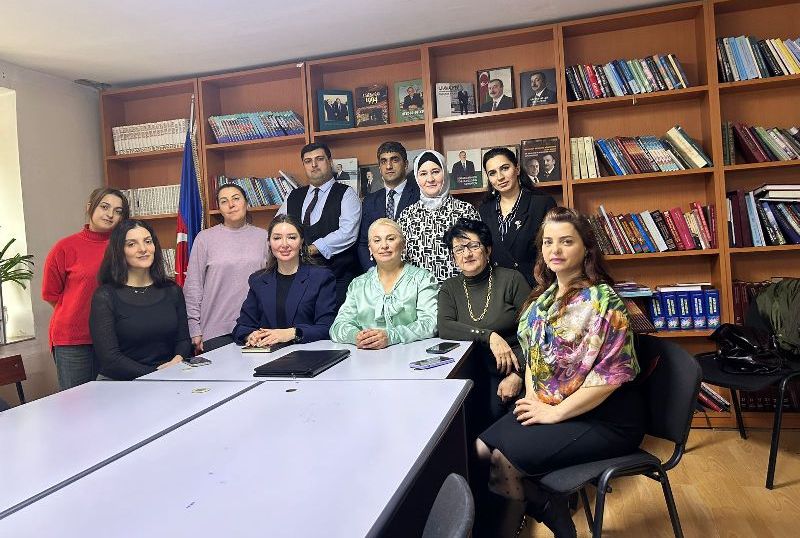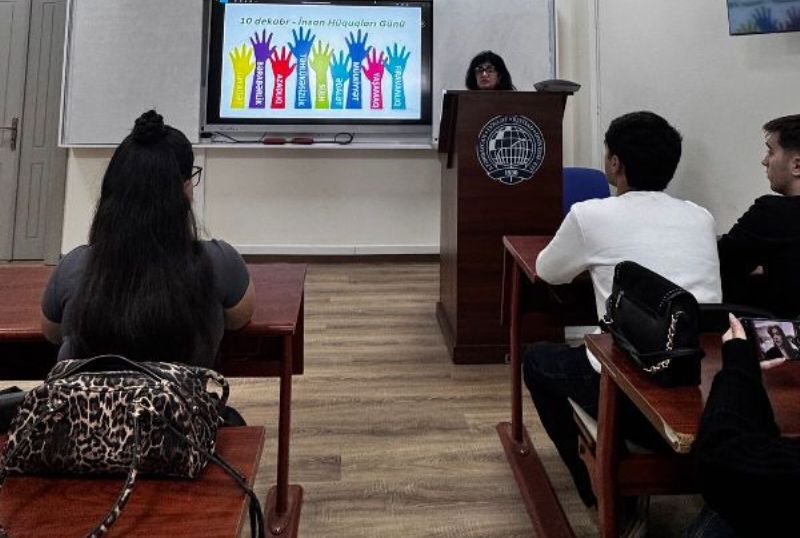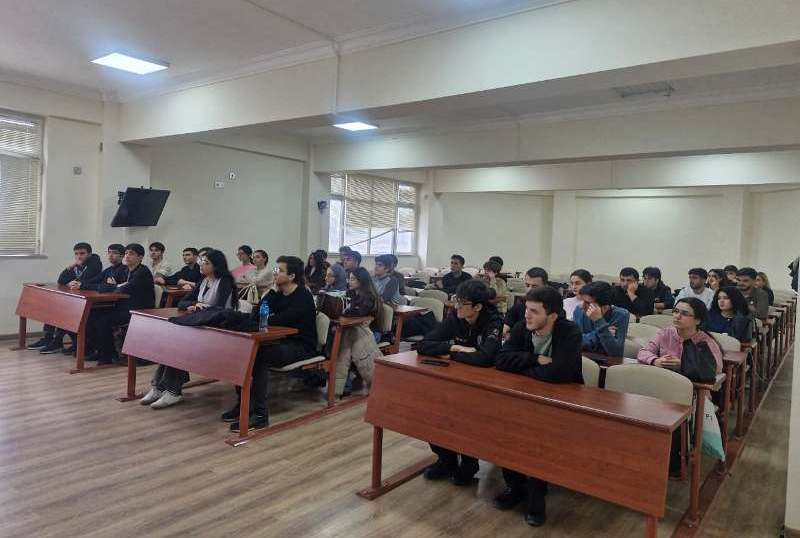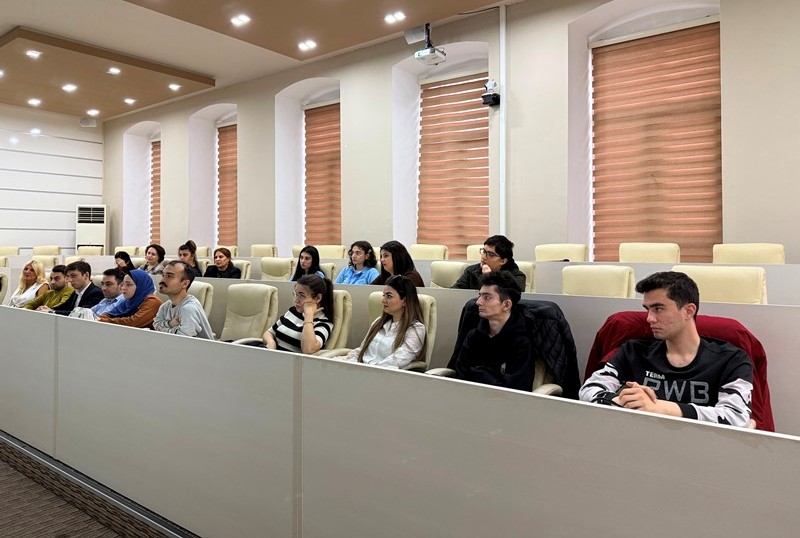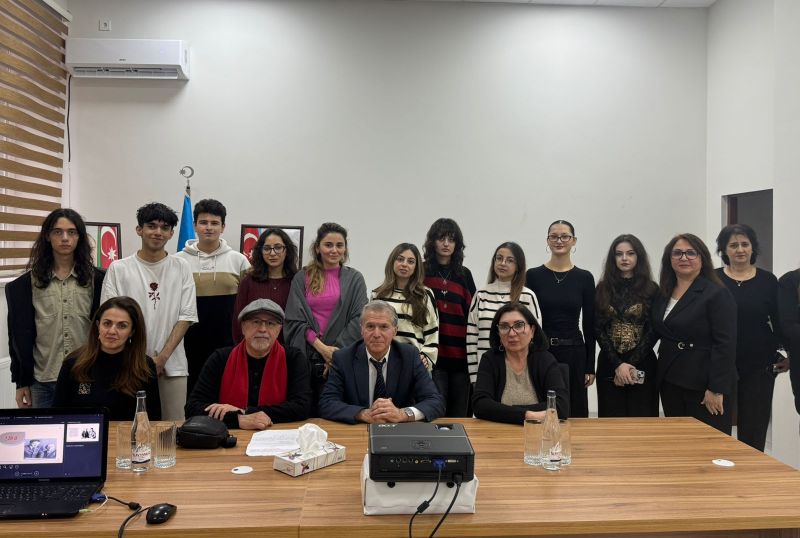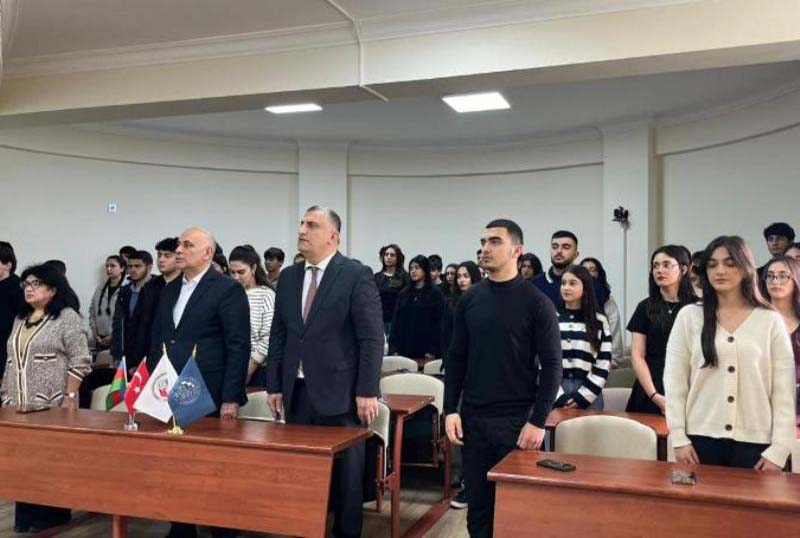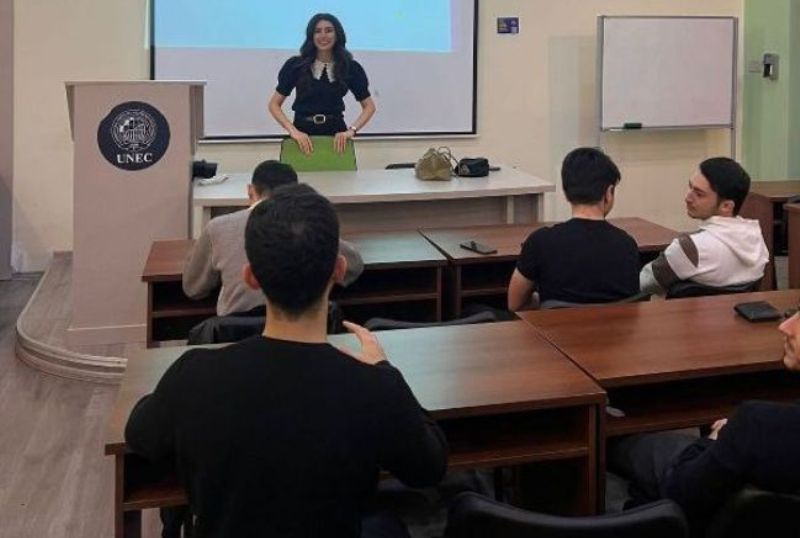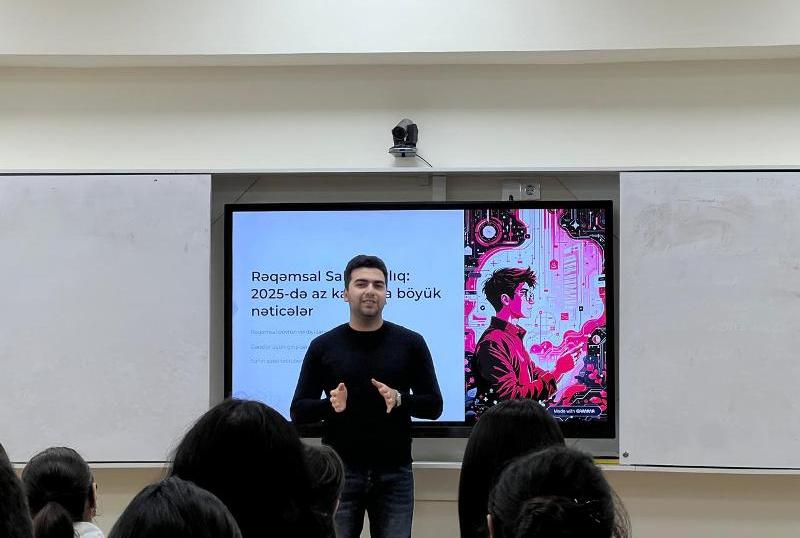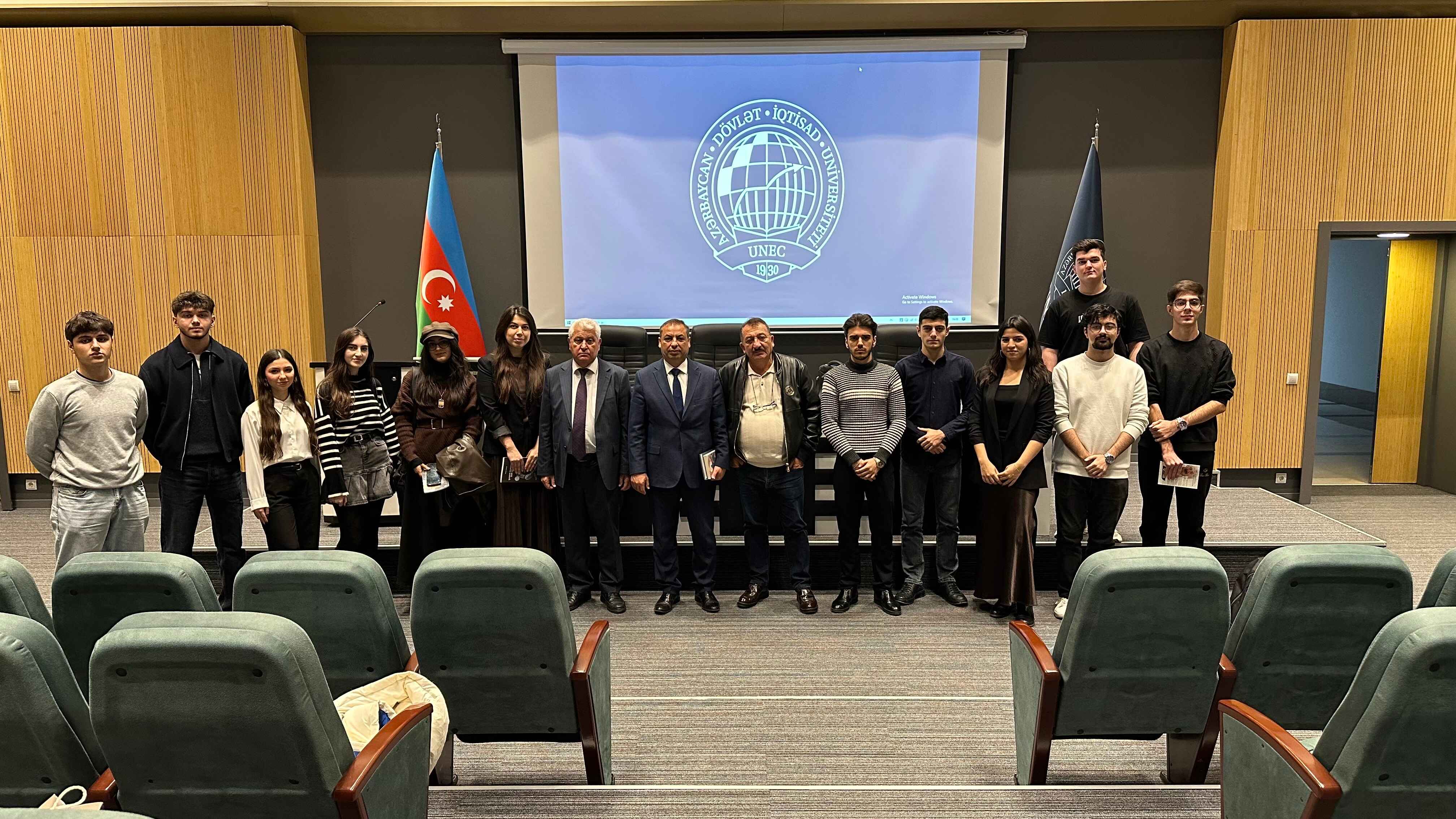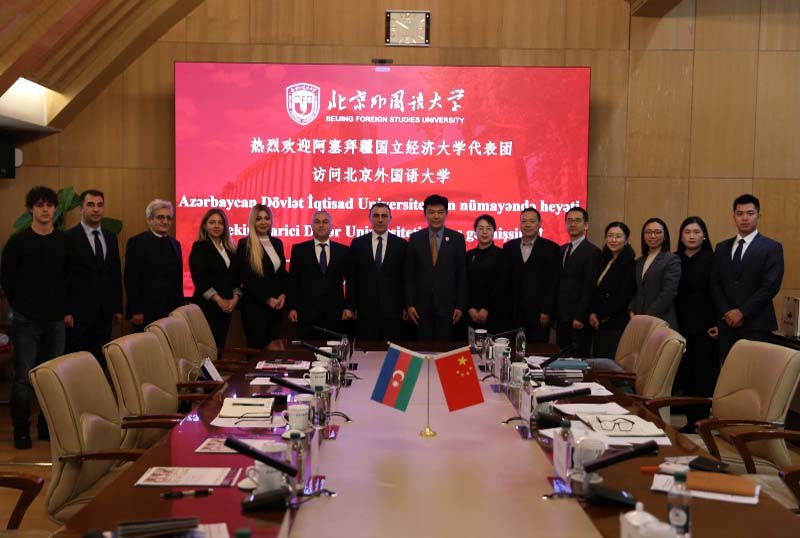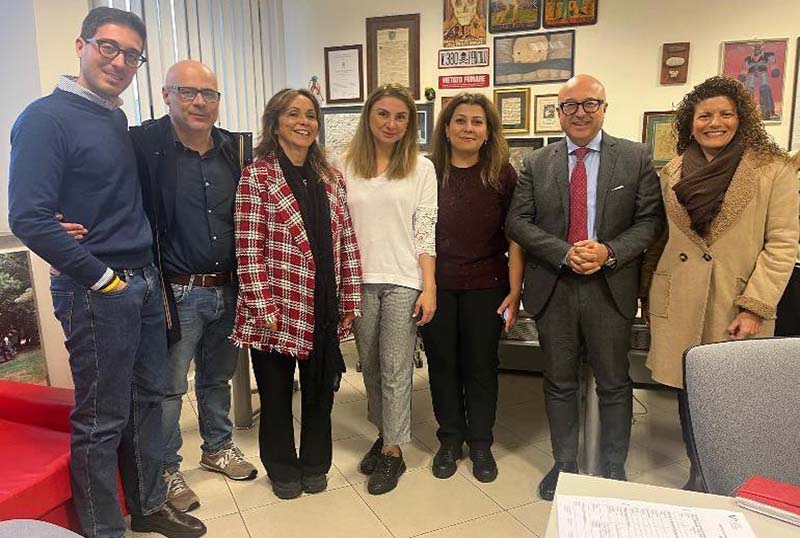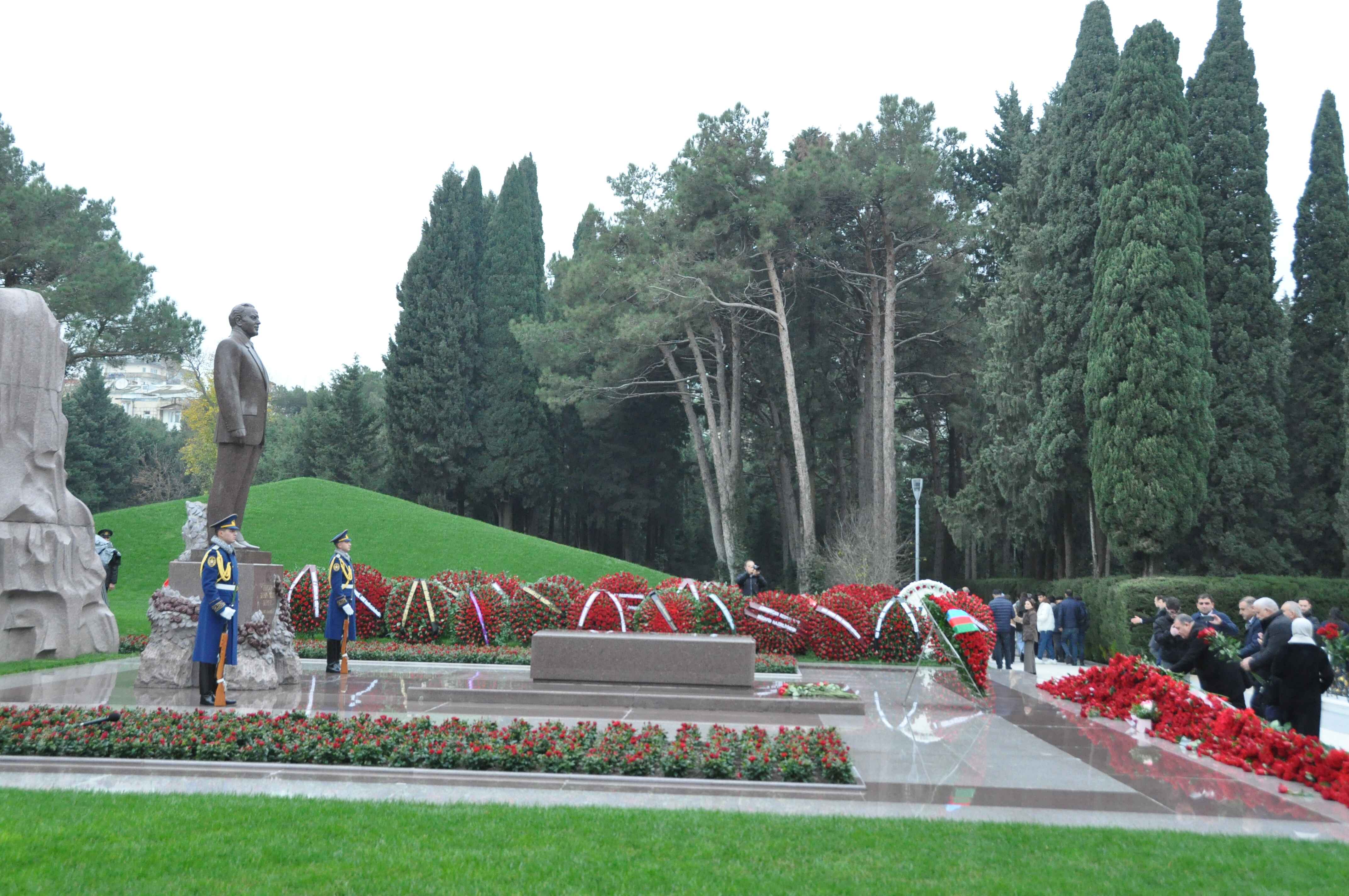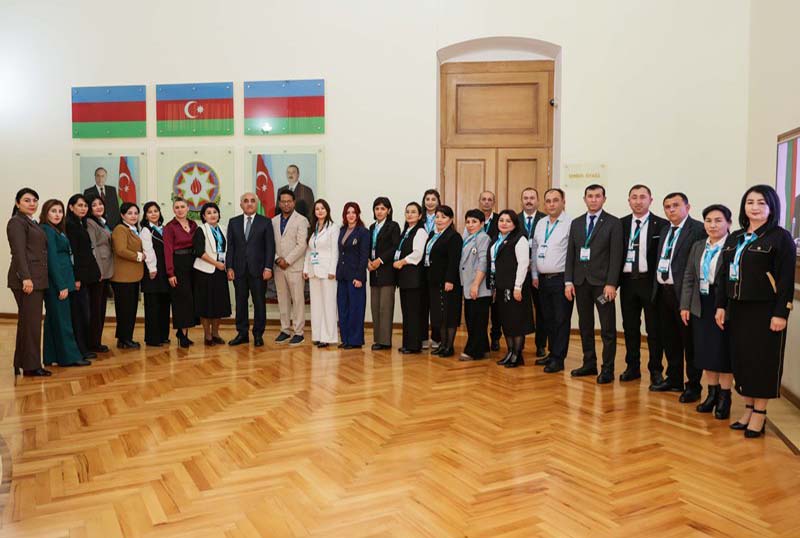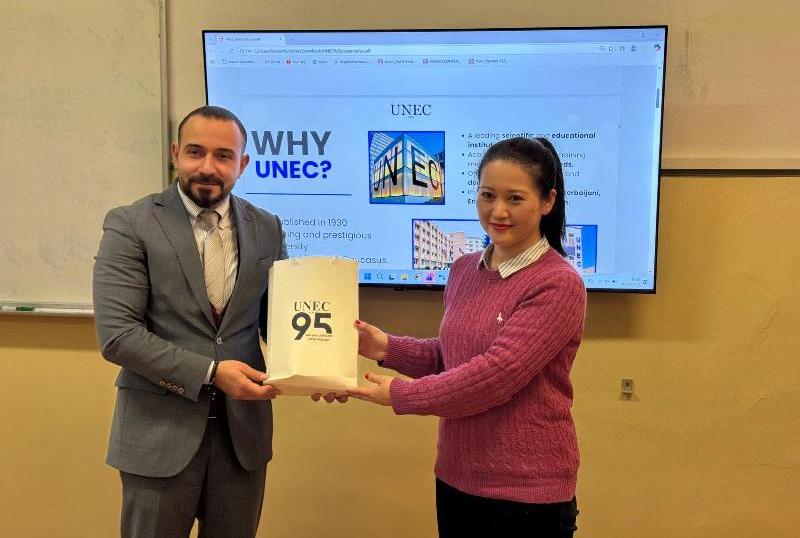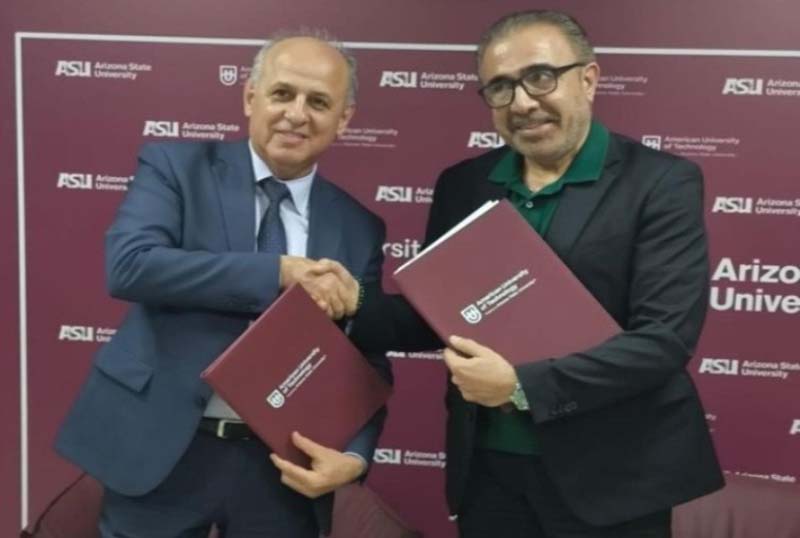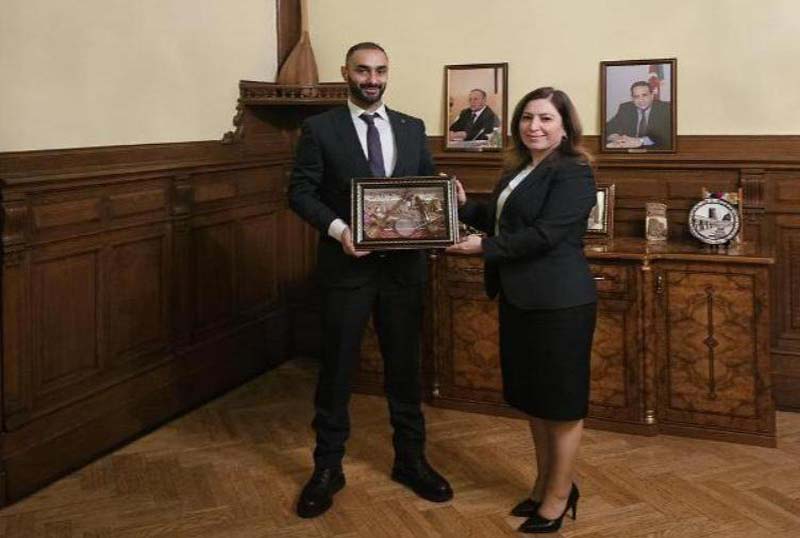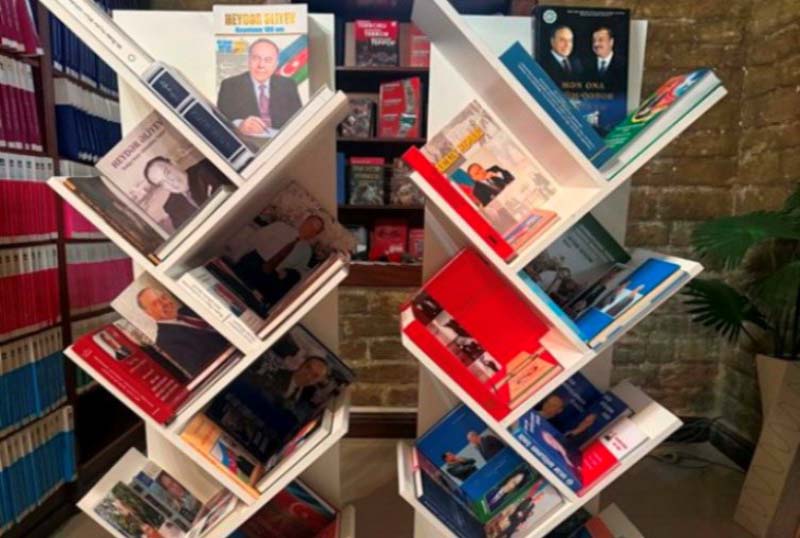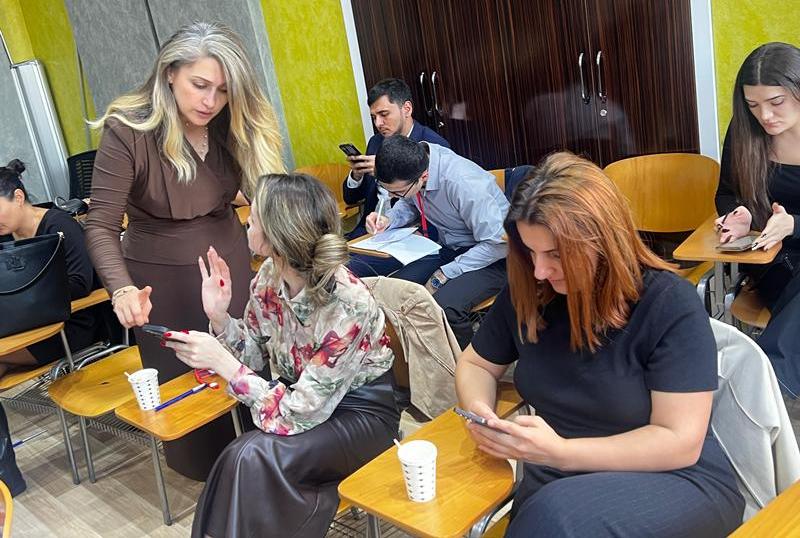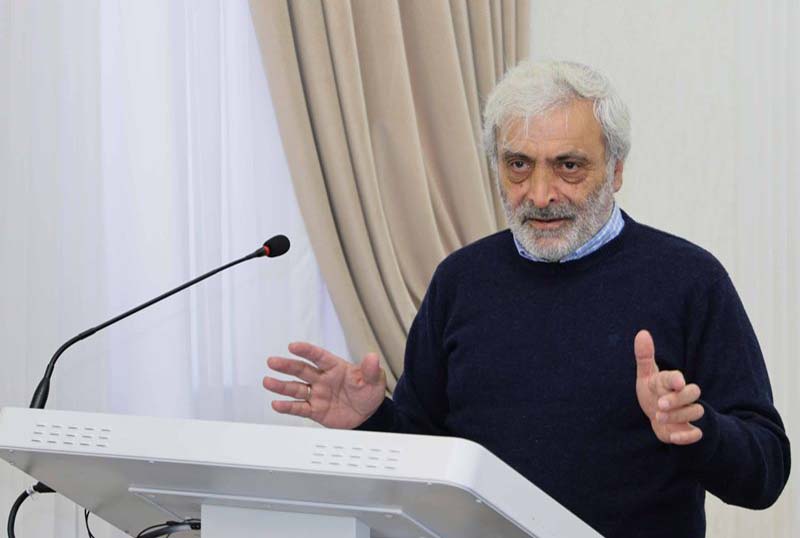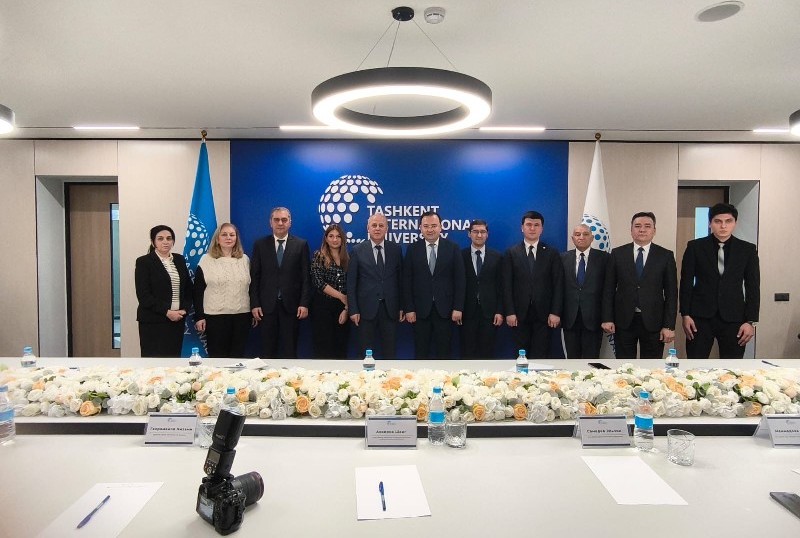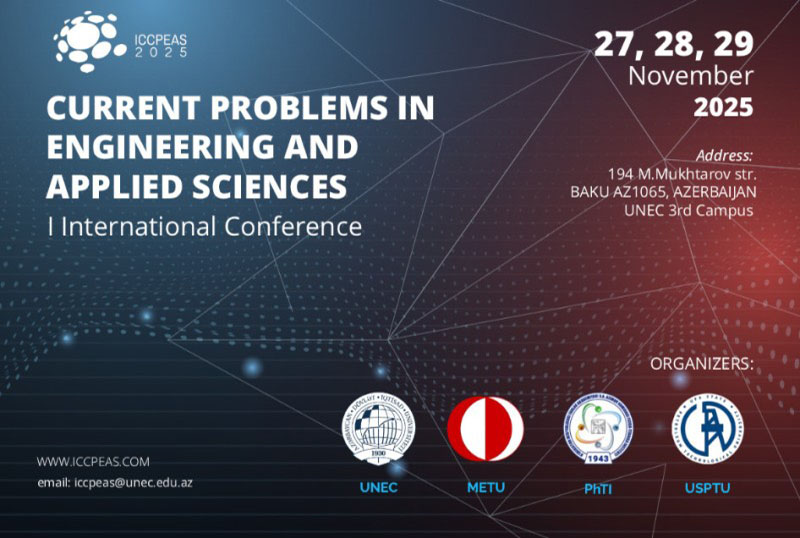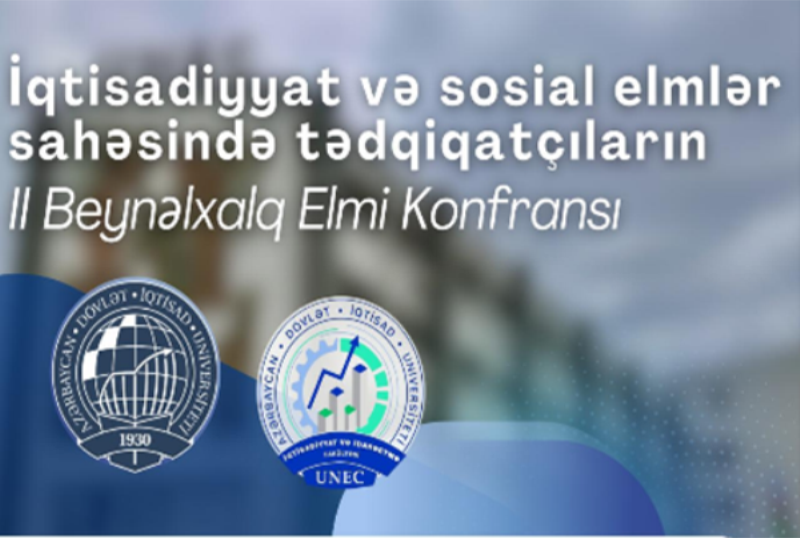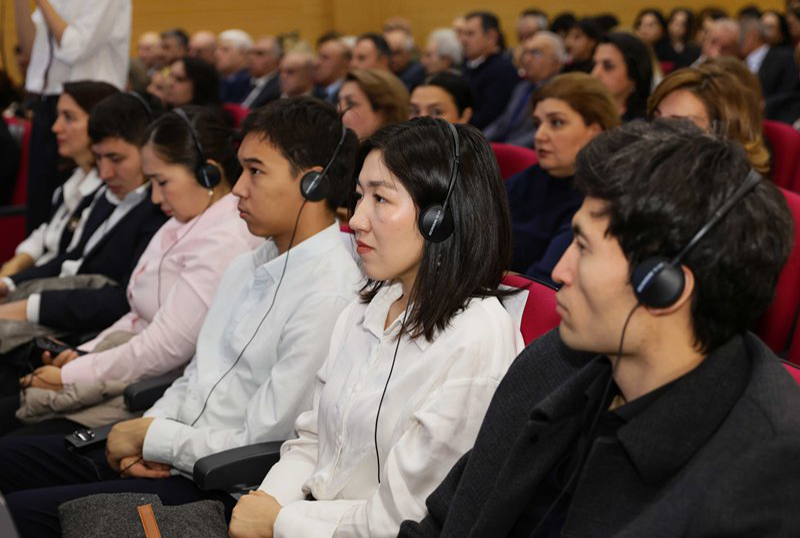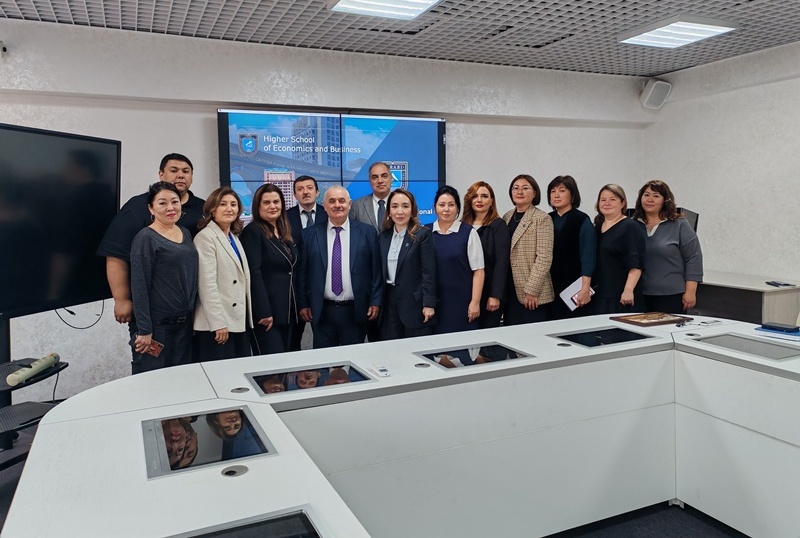The 29th Conference of the Parties (COP29) in Baku, Azerbaijan, marked a turning point in global climate action, achieving breakthroughs that have the potential to transform the global climate finance architecture.
Among the most significant outcomes were the operationalization of the Loss and Damage Fund (LDF) and the announcement of the Baku Finance Goal (BFG)- a groundbreaking commitment to channel $1.3 trillion in climate finance annually to the developing world. These decisions reflect months of diplomacy and a collective effort to address the most urgent climate challenges facing vulnerable nations. The establishment of the LDF builds on commitments made during COP27 in Egypt and the progress achieved at COP28 in the UAE. The LDF aims to provide critical financial support to countries disproportionately affected by climate change, such as small island developing states (SIDS), least developed countries (LDCs), and African nations. These countries face rising sea levels, extreme weather events, and prolonged droughts, despite contributing minimally to global emissions.
At COP29, under the leadership of Azerbaijan’s President Ilham Aliyev, the LDF reached full operationalization. Agreements were finalized to ensure its functionality, including the appointment of Ibrahima Cheikh Diong as the Fund’s Executive Director. Diong’s leadership will play a crucial role in overseeing the Fund’s operations, ensuring the effective allocation of resources, and addressing the immediate and long-term needs of vulnerable nations. Key agreements included the “Trustee Agreement” with the World Bank, which will manage the Fund’s financial resources. The World Bank’s role ensures transparency and efficiency in disbursing funds, leveraging its expertise in financial oversight. Additionally, the “Secretariat Hosting Agreement” established the administrative framework for the Fund, while the “Host Country Agreement” designated the Philippines as the headquarters of the LDF. The choice of the Philippines, a nation acutely vulnerable to climate change, underscores the Fund’s commitment to remaining closely connected to the communities it aims to support. The LDF has already secured over $730 million in pledges, laying the foundation for financing projects by 2025. These projects will focus on both immediate disaster recovery and building long-term resilience. For example, small island states will receive support to construct coastal defenses, while African nations grappling with prolonged droughts will benefit from water conservation initiatives and improved agricultural practices.
The centerpiece of COP29 was the Baku Finance Goal (BFG), a landmark commitment to channel $1.3 trillion annually to the developing world by 2035. This ambitious target represents a significant increase from the previous climate finance goal of $100 billion per year and reflects the urgent need for scaled-up financial flows to address climate challenges. Developed countries committed to mobilizing at least $300 billion annually as part of the BFG, a $50 billion increase over earlier drafts. This target pays special attention to the needs of the least developed countries and small island states, with provisions for ensuring accessibility and transparency in fund allocation. The BFG not only signals a shift in global climate finance but also reinforces the principle of equity by prioritizing those most vulnerable to climate impacts. The BFG was the result of 48 hours of intense negotiations led by Azerbaijan’s COP29 Presidency. The agreement underscores the determination of the Azerbaijani leadership to secure substantial commitments from donor countries and reshape the global financial landscape for climate action.
COP29 also marked the conclusion of a decade-long negotiation on Article 6 of the Paris Agreement, which governs carbon markets. Agreements reached in Baku established high-integrity frameworks for compliant carbon markets, unlocking the potential for financial flows of up to $1 trillion per year by 2050. These markets are expected to reduce the cost of implementing national climate plans by $250 billion annually, further enhancing the ability of nations to meet their climate goals. When combined, the Baku Finance Goal and the operationalization of Article 6 represent a comprehensive approach to addressing the financial and structural barriers to climate action. By redirecting investments to the developing world, these initiatives lay the groundwork for a more equitable and sustainable global climate framework.
The success of COP29 owes much to the leadership of Azerbaijan, under the Presidency of Mukhtar Babayev. Delegates at the plenary session unanimously expressed gratitude to the government and people of Azerbaijan for their generosity and hospitality in hosting the conference. Azerbaijan’s commitment to advancing climate justice and fostering collaboration among nations was evident throughout the summit. President Babayev highlighted the significance of these achievements, stating, “When the world came to Baku, people doubted that Azerbaijan could deliver. They doubted that everyone could agree. They were wrong on both counts. With this breakthrough, the Baku Finance Goal will turn billions into trillions over the next decade.” He further emphasized the transformative potential of the agreements reached at COP29, adding, “The Baku Finance Goal represents the best possible deal we could reach, and we have pushed donor countries as far as possible. We have forever changed the global financial architecture and taken a significant step towards delivering the means to achieve a pathway to 1.5C.”
The outcomes of COP29 signify a new era in global climate finance, characterized by unprecedented levels of cooperation and ambition. The operationalization of the LDF ensures that financial resources will reach the nations most in need, helping them recover from climate-induced disasters and build resilience for the future. Similarly, the BFG and Article 6 agreements lay the foundation for mobilizing large-scale investments in the developing world, addressing long-standing inequities in climate finance. These initiatives demonstrate the power of multilateral diplomacy in addressing global challenges and highlight the critical role of leadership in driving meaningful progress. As the world moves forward, the decisions made at COP29 will serve as a blueprint for future climate finance mechanisms. The LDF, the BFG, and the carbon market frameworks established under Article 6 represent a comprehensive approach to tackling the financial and structural barriers to climate action. By prioritizing the needs of vulnerable nations and fostering collaboration among stakeholders, these agreements offer a pathway to a more just and sustainable global climate future. The “Baku Breakthrough”, as it has been termed, reflects the spirit of collective action and the potential for transformative change when nations come together to address shared challenges. While the road ahead remains difficult, the decisions made at COP29 provide a solid foundation for navigating the complexities of the global climate crisis.
Elvira Mustafaeva UNEC, International School of Economics (ISE) - 1035


